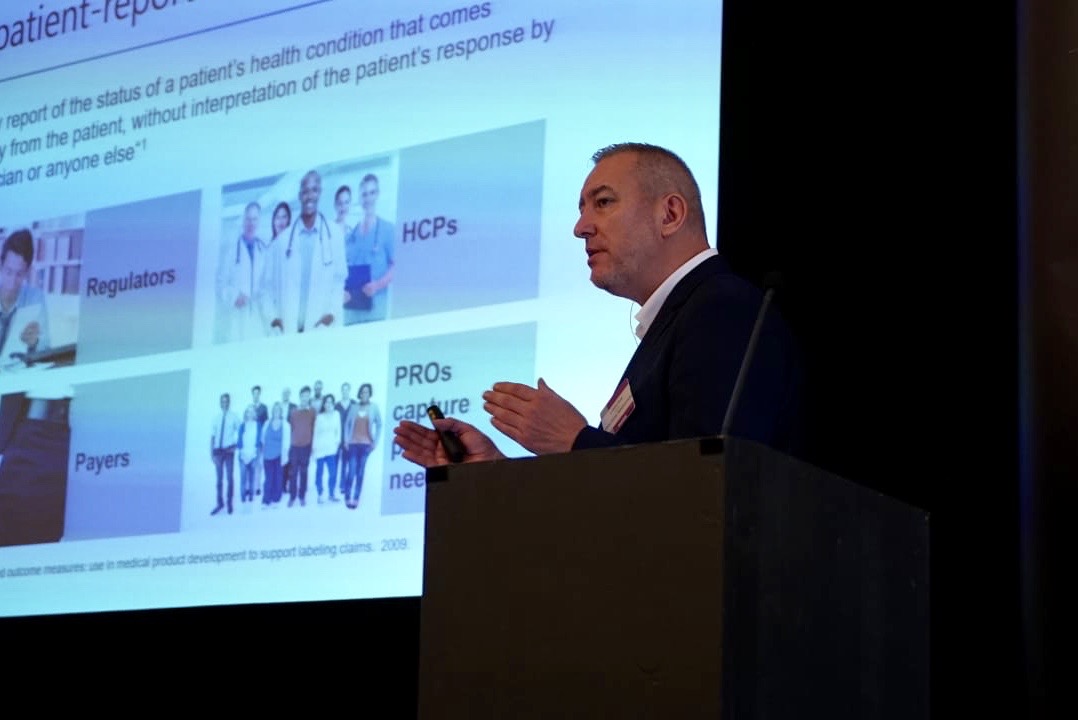Big data & human biomarkers – the era of citizen scientists
- mark field

- Jan 29, 2020
- 2 min read
The probability of a new analgesic making it through clinical development is 2%. Five-times lower than other therapeutic areas. This woefully low success rate for clinical drug development in pain is likely down to a myriad of issues. For example;
Lack of translation of preclinical data, limited target to disease link and a fixation on clinical development in a limited number of disease despite there being over 100 conditions associated with pain.
Thus, there is a need to break out of the mould of current R&D practices to find ways to more effectively develop new medicines for patients.
One way to do this is to try and create phenotypic data-sets in humans that can be analysed for biomarkers signatures with ‘omic’ techniques. Such biomarkers may guide new analgesic development, recognise re-purposing opportunities and identify novel targets.
However, how do you create large datasets in humans in a cost efficient and timely manner?
Whilst in my previous role as head of pain R&D at Grunenthal my colleagues and I decided to try something different. Could we create a data set of over 1,500 subjects within a few months utilising ‘@home research’ or ‘citizen scientists’, not only asking them to complete questionnaires but to also complete a standard experimental pain biomarker test?
Working with a great team at 23&me we set out to determine the feasibility of complex home-based phenotyping. In the end 1,876 research participants from the customer base of 23andMe participated in an online version of a Pain Sensitivity Questionnaire as well as a cold pressor test. Overall our online version of the PSQ performed similarly to the original pen-and-paper version and the cold pressor test produced data online with the extensively published literature.
Although this type of research will never be at the same standard as those performed within typical laboratory experimental conditions it is a way to garner new data quickly and in large enough cohorts to account for experimental variations.
In my opinion we have to learn by trying different ways of doing research to enhance our chances of success to deliver new analgesics to the large number of patients waiting for pain relief.
You can read a preprint of the data from the link below.
Validity of the Cold Pressor Test and Pain Sensitivity Questionnaire via online self-administration
Matthew McIntyre, 23andMe Research Team, Achim Kless, Peter Hein, Mark Field, Joyce Y Tung
This article is a preprint and has not been peer-reviewed [what does this mean?]. It reports new medical research that has yet to be evaluated and so should not be used to guide clinical practice.
.png)




.png)
Comments